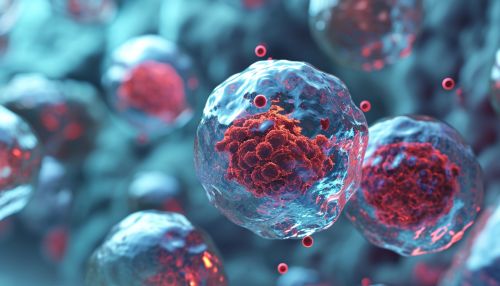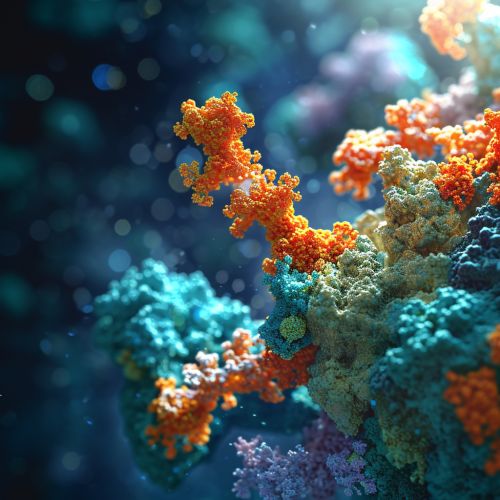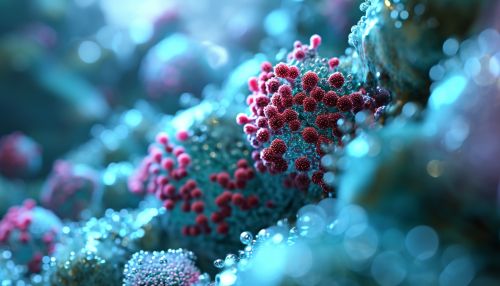Cellular Signaling
Introduction
Cellular signaling refers to the communication processes that govern basic cellular activities and coordinate cell actions. The ability of cells to perceive and correctly respond to their microenvironment is the basis of development, tissue repair, immunity, and homeostasis. Errors in signaling interactions and cellular information processing are responsible for diseases such as cancer, autoimmunity, and diabetes Learn more.
Types of Cellular Signaling
Cellular signaling can be classified into four categories: autocrine, paracrine, endocrine, and direct signaling.
Autocrine Signaling
In autocrine signaling, a cell secretes a hormone or chemical messenger (called the autocrine agent) that binds to autocrine receptors on that same cell, leading to changes in the cell. This type of signaling often occurs during the early development of an organism to ensure that cells develop into the correct tissues and organs.


Paracrine Signaling
Paracrine signaling is a form of cell communication in which a cell produces a signal to induce changes in nearby cells, altering the behavior or differentiation of those cells. Signals that spread to neighboring cells are called local mediators.
Endocrine Signaling
In endocrine signaling, glands release hormones into the bloodstream, allowing them to be carried to cells throughout the body. This type of signaling is slower than the other types because it relies on the circulatory system to deliver the hormones.
Direct Signaling
Direct signaling can occur through the direct contact between two cells. This type of signaling is common in early development and in the immune response.
Cellular Signaling Pathways
Cellular signaling pathways are the series of interactions between molecules that lead to a certain product or a change in a cell. These pathways are crucial for the functioning of cells in an organism, and when these pathways are perturbed, diseases such as cancer can occur.
G Protein-Coupled Receptors
G protein-coupled receptors (GPCRs) are a large family of cell surface receptors that respond to a variety of external signals. Binding of a signaling molecule to a GPCR results in G protein activation, which in turn triggers an intracellular signaling cascade.


Receptor Tyrosine Kinases
Receptor tyrosine kinases (RTKs) are high-affinity cell surface receptors for many polypeptide growth factors, cytokines, and hormones. RTKs are key regulators of normal cellular processes, but may also become oncogenic when mutated or overexpressed.
Ion Channel-Linked Receptors
Ion channel-linked receptors, also known as ligand-gated ion channels, open in response to specific ligand-gated ion channel modulators, allowing ions to pass through the membrane.
Intracellular Receptors
Intracellular receptors, such as nuclear receptors and certain hormone receptors, are located inside the cell rather than on its cell membrane. Classic hormones such as estrogen and thyroid hormone bind to intracellular receptors.
Role in Disease
Errors in cellular signaling are responsible for many diseases, including cancer, autoimmunity, and diabetes. Understanding these errors can lead to the development of new therapeutic strategies.
